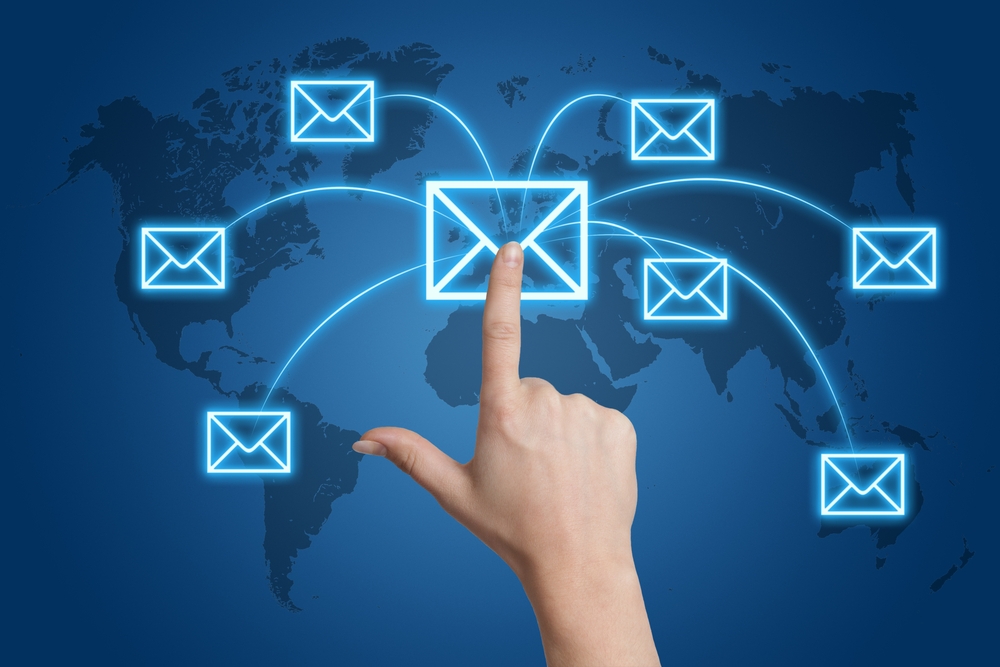No matter which platform your business decides to migrate to, your new system needs to meet the demands of your business. At Email Migrations, we'll talk with key personnel and assess your current system to gather the information needed, then work at designing your new system.
Performance and reliability are two common issues either experienced in a current system, or required by the new. After our discovery phase for your business, a design assistant works out the computer power needed. We use the information gathered – the metrics around current mailboxes, their size and the amount of emails sent and received on average to determine volume.
We create the new system alongside the current one to assure zero impact on users in your business.
At this stage, we can also take into account other factors, such as disaster recovery. Disaster recovery is essentially a backup system to ensure that, should your email systems go offline temporarily due to a network attack or other downtime, your email servers are protected by a replacement.
The design assistant will then produce a set of servers that we can build to deploy the new Exchange system on, while also ensuring that all relevant traffic can be handled on the very first day.
Customising your new email server
Once the backbone of the design is done, we are then able to tweak the number of servers to suit; you might have slightly fewer servers housing more CPUs. All the essential information – number of cores needed, total amount of RAM, recommendations for each server type – for the final system is there, which allow us to work within the business parameters set out in the discovery and pre-design phase.

These steps are what makes the discovery and design phase so crucial to a business, and why consulting with an email migrations specialist can help determine the appropriate hardware to suit your current and evolving businesses needs. This is where your needs and our expertise meet on the path to success.
Ensuring everyone is onboard with the project
One important step of this is to create an agreed list of requirements – from both a technical and business standpoint – that those within the business can agree to.
These could include:
- Whether every member of staff requires an outlook mailbox, or whether only certain levels of the business have access.
- The rate at which emails are sent and received.
- Legacy and business-critical applications that will require elements of the current system to remain.
As part of our consultancy and migration service, at the end of the design phase we aim to create a design document. This will be written at both an executive level and a detailed level, as it must appeal to a broad range of readers from the technical team through to those in the C-Suite.
Once that document has been agreed upon, we can move into the build phase. We create the new system alongside the current one in way that assures zero impact on users in your business during the build phase. Once care and attention has been placed into the creation, we're ready to test the new system to ensure both functionality and reliability.
If you need assistance with your own current or upcoming migration project, get in touch with the specialists at Email Migrations today.




